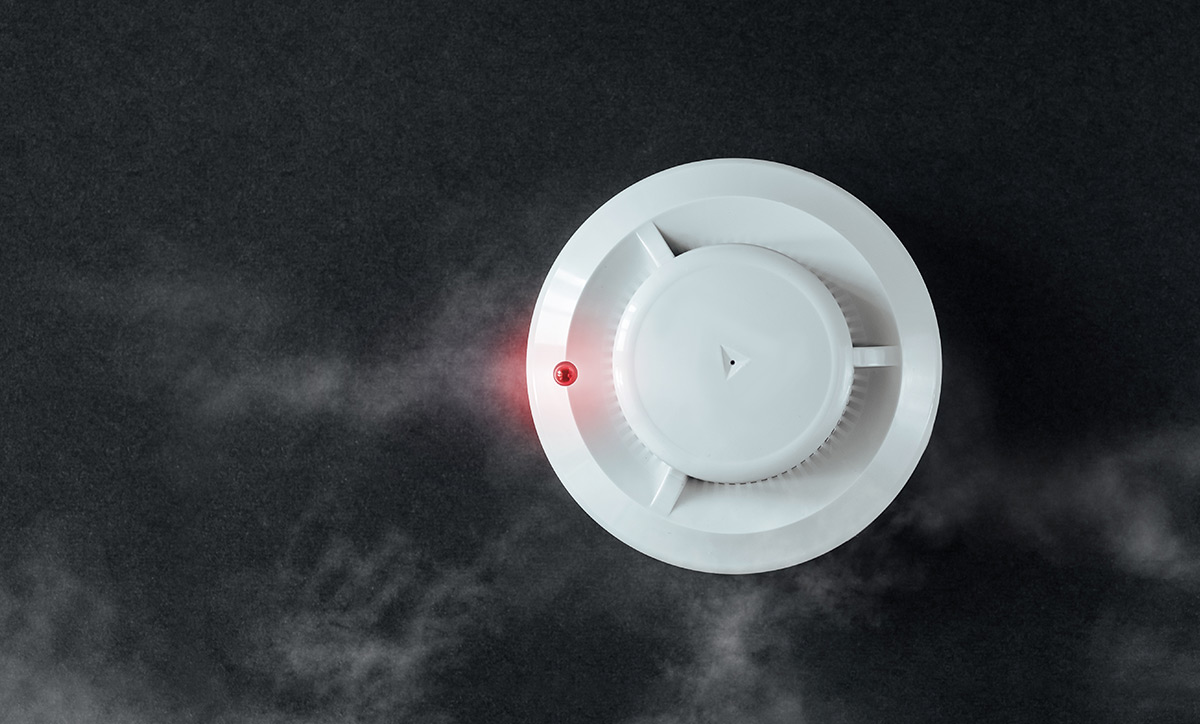Carbon monoxide is a poisonous gas that is odorless, tasteless, and colorless. It can cause serious health problems and even death if it is inhaled in high concentrations. That is why it is crucial to have a carbon monoxide (CO) detector installed in your home. One important feature of a CO detector is the alarm. In this blog post, we will discuss the different types of alarms for CO detectors and their differences.
Electrochemical alarms
Electrochemical alarms use an electrode to measure the concentration of CO levels in the air. When the CO levels exceed the threshold level, the alarm will be triggered. This type of alarm is the most common and is known for its high accuracy. It is also very sensitive, making it ideal for detecting low-level CO concentrations in the air. Although it is very reliable, it is important to note that the electrode needs to be replaced periodically to ensure continuing accuracy.
Biomimetic alarms
Biomimetic alarms use a gel that changes color when it absorbs CO. This is then detected by an optical sensor, which triggers the alarm. This type of alarm is less expensive than electrochemical alarms but is not as sensitive or accurate. It is also known to have a shorter lifespan than electrochemical sensors.
Metal-Oxide Semiconductors (MOS) alarms
MOS alarms use a sensor that reacts with CO in the air, causing a change in electrical conductivity that triggers the alarm. These alarms are also not very accurate and sensitive, but they have the advantage of being able to detect other gases as well. They are also less expensive than electrochemical alarms.
Photoelectric alarms
Photoelectric alarms use a beam of light to detect CO particles in the air. When the particles interact with the light beam, the alarm is triggered. These alarms are more expensive than other types, but they are very accurate and can detect a wider range of CO concentrations.
Combination alarms
A combination alarm is a CO alarm that also has a smoke detector. This type of alarm is very popular, as it provides the homeowner with both protections at a lower cost than buying them separately. With this alarm, you won't have to worry about buying and installing two separate devices.
Installing a CO detector is a smart move, but you need to ensure that you get the right kind of alarm. Knowing the different types of CO alarms and their features will help you choose the right one for your home. The electrochemical alarm is the most reliable and accurate, but it is also the most expensive. If you are on a budget, the biomimetic or metal-oxide semiconductor may be a better choice. You might also want to look at the combination detector, which is both a CO and smoke alarm. Whichever type you choose, be sure to test it regularly and replace it when it reaches the end of its useful life. Stay safe and protect your loved ones by investing in the right kind of carbon monoxide detector.

